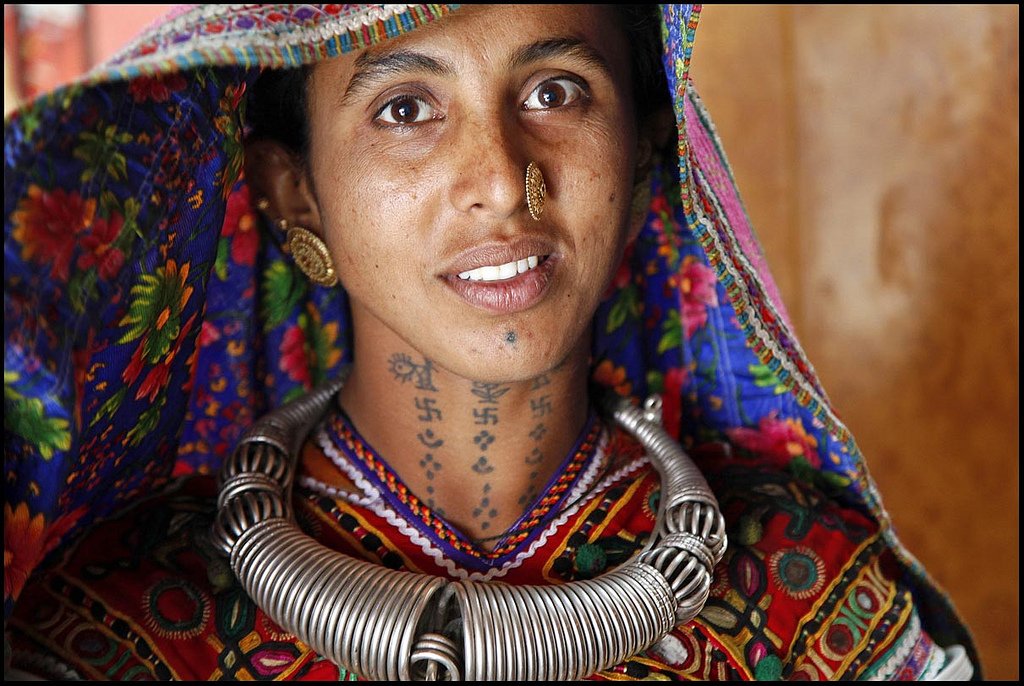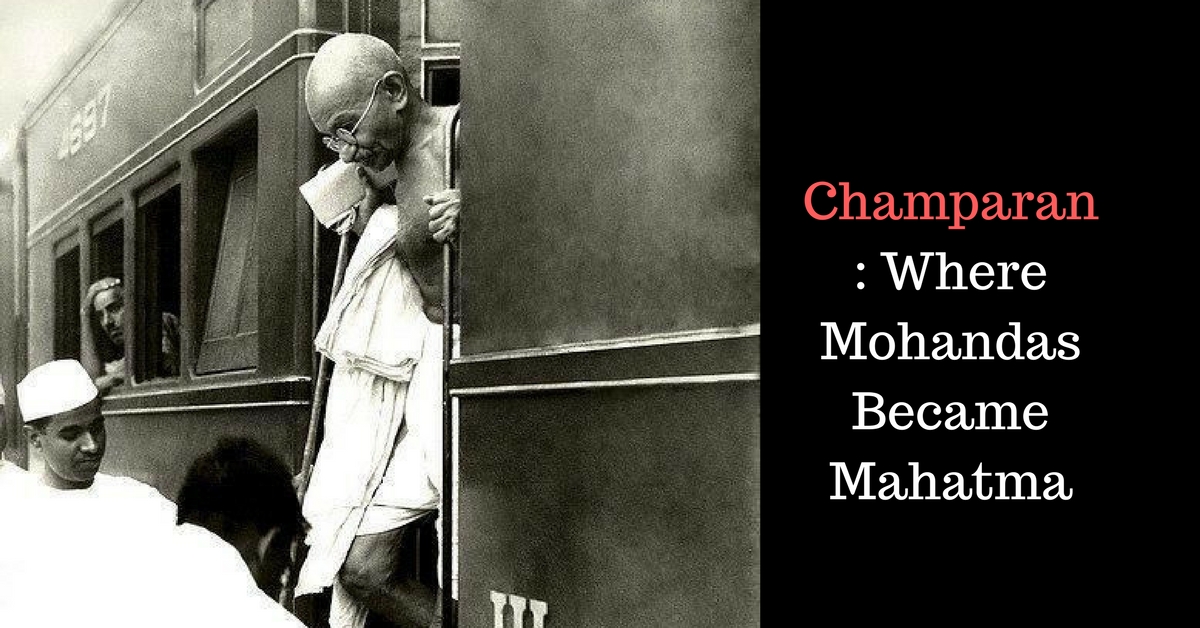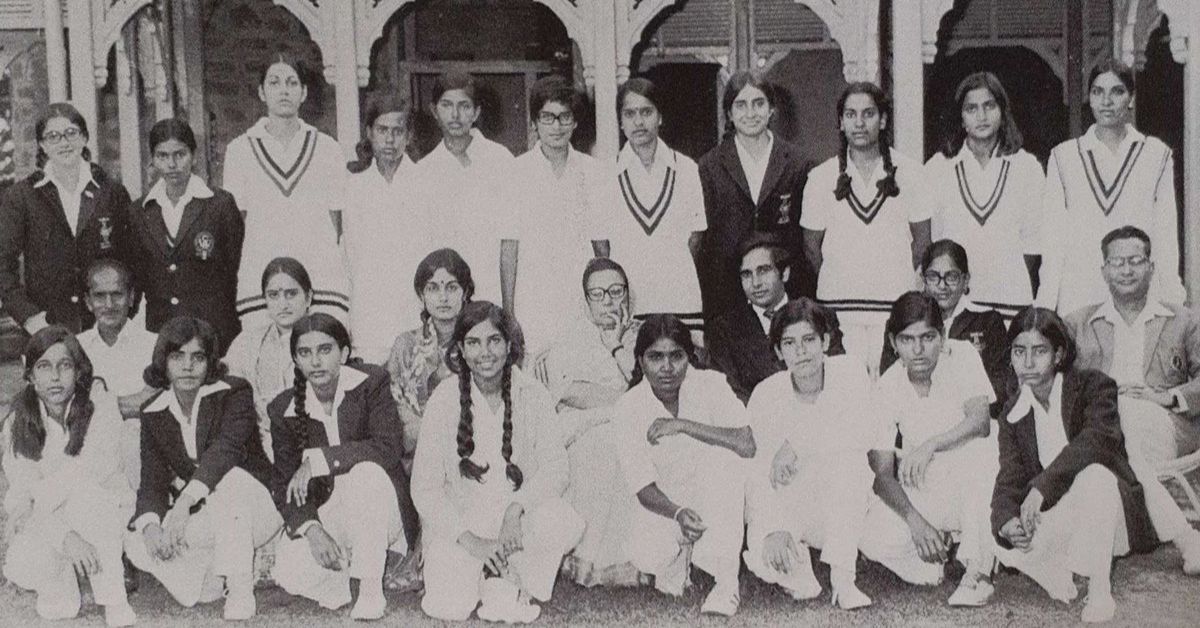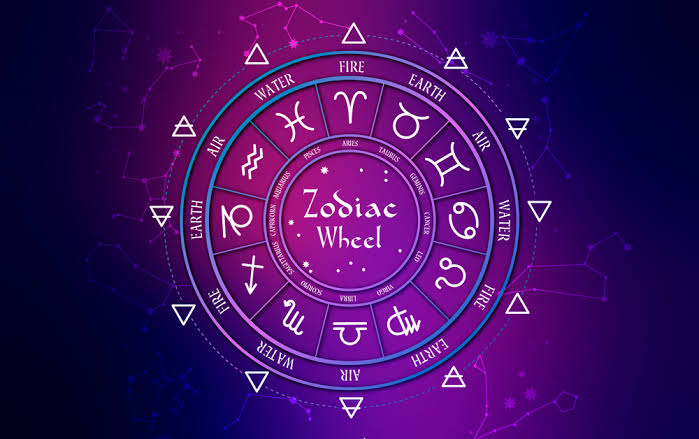The 5,000-Year Journey of India's Tattoo tradition!
- ByPrachi Sharma
- 22 Aug, 2025
- 0 Comments
- 2

India’s tattoo tradition, known as gudna, traces back over 5,000 years, stemming from ancient rock carvings that tribal communities etched into their bodies as permanent, indelible jewellery - tokens no one could steal .
Across the Northeast, tribes like the Apatani used tattoos on young women to deter rival tribes from abducting them. They used thorns to puncture skin, infusing the wounds with soot and animal fat for dark, lasting marks. In Nagaland, the Konyaks, a traditionally headhunting tribe, inked their faces to signify battle prowess and ensure recognition in death.
In central and western India, Godna art - traditional female tattoos - served as markers of marital, social, or spiritual meaning, and were believed to accompany women into the afterlife. The Rāmnāmī Samāj in Chhattisgarh carried on a distinct practice in modern times: tattooing the word “Ram” as both a devotional act and an assertion against caste discrimination .
Today, traditional tattoos are giving way to contemporary designs - but their deep cultural roots continue to shape the art form’s evolving narrative.
Tags:
Post a comment
How one man sparked Women's Cricket in India?
- 06 Sep, 2025
- 2
India's young Professionals bet on creative Careers over Corporate Paths!
- 05 Sep, 2025
- 2
Hidden in Mirzapur: The brand behind Rashtrapati Bhavan's luxurious floors!
- 20 Aug, 2025
- 2
Fun facts about ice creams that you didn't know!
- 18 Aug, 2025
- 2
McCord stewart museum : Dialogue between past and future!
- 03 Sep, 2025
- 2
Categories
Recent News
Daily Newsletter
Get all the top stories from Blogs to keep track.

















